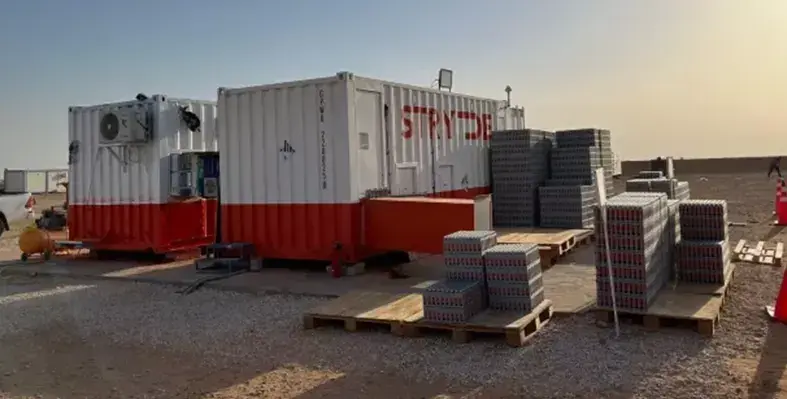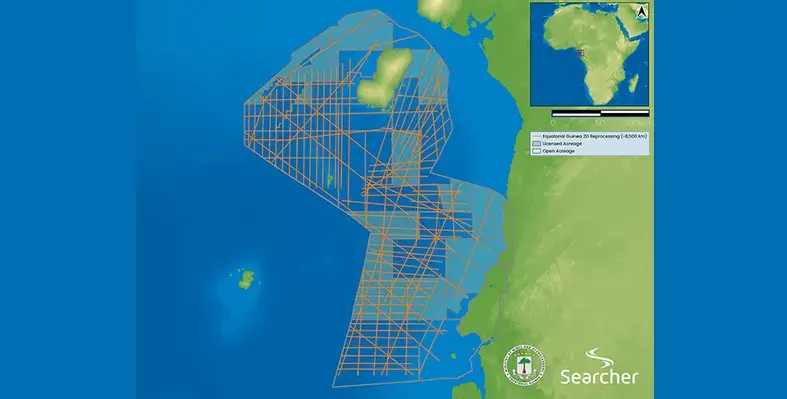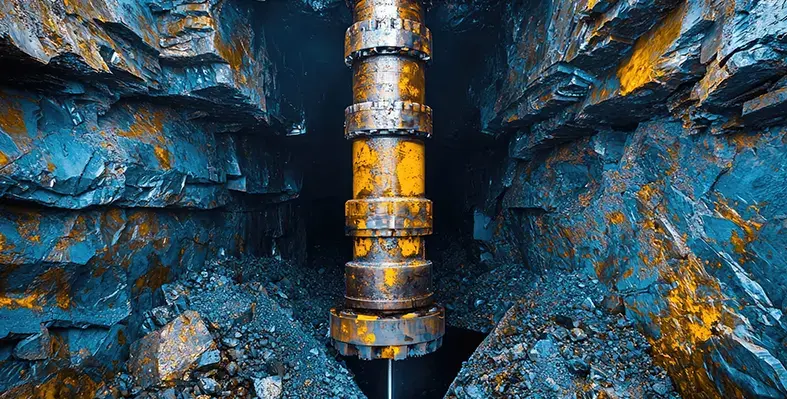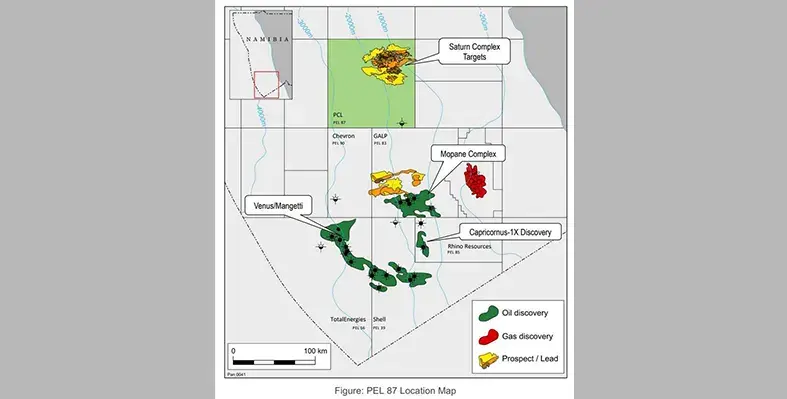
High-quality seismic data is important to unlock Libya's vast resource potential. (Image source: Stryde)
Libya's Arabian Gulf Oil Company has collaborated with TAY Oil Services and Polaris to initiate a survey onshore Concession 57 with the deployment of Stryde's onshore nodal seismic solutions
High-quality seismic data is important to unlock Libya's vast resource potential, as the country reopens to investors for exploration and development prospects. This can be achieved with Stryde's semi-automated, containerised system, featuring 40,000 seismic nodes, which promise shortest possible turn-over. A single operator can rotate 13,000 nodes within 24 hours by using the containerised system. These nodes can reach exceptional depths, eliminating surface interference for best possible coupling to achieve optimal data quality. The survey operations can be conducted flawlessly without disrupting production activities or the surrounding environment. The streamlining makes large-scale, high-density seismic surveys more efficient and cost-effective.
Abdellatif Hakkoumi, Polaris regional manager, said, “To meet the rising demand for high-resolution seismic imaging across expansive areas of Libya, we required an innovative nodal system capable of supporting a high channel count, without the logistical and financial constraints of conventional systems.
"With the quick delivery of Stryde’s fully autonomous nodes and semi-automated containerised seismic system, we have rapidly transitioned into a new era of land seismic acquisition.
"This advanced technology enables us to dramatically increase trace density per square kilometre. As a result, our customers benefit from improved subsurface imaging, reduced geological uncertainty, optimized well placement, and lower drilling risks, ultimately increasing exploration success rates.”
Stryde’s Containerised Seismic System, housed within a 20ft shipping container, seamlessly integrates all essential hardware for semi-automated node charging, harvesting, and on the fly generation of seismic data deliverables.
Mehdi Tascher, sales director at Stryde, said, “This purchase marks a significant milestone in the advancement of seismic exploration in Libya. With our state-of-the-art seismic system, TAY Oil-Polaris is set to carry out the largest nodal seismic acquisition project ever conducted in North Africa and will be able to meet fully Libyan onshore seismic growing demand.
“We are proud to supply TAY Oil-Polaris with the industry’s only fully integrated and semi-automated seismic system, enabling unprecedented operational efficiency while delivering high-resolution seismic data to their Libyan customers.”
“Libya’s complex geology, defined by thick carbonate sequences and rugged terrain, poses significant challenges for accurate subsurface imaging. To overcome these obstacles, high-density sensor deployment is essential for delivering superior structural and stratigraphic resolution. By harnessing STRYDE’s advanced nodal system, TAY Oil-Polaris is uniquely equipped to navigate these complexities.”








